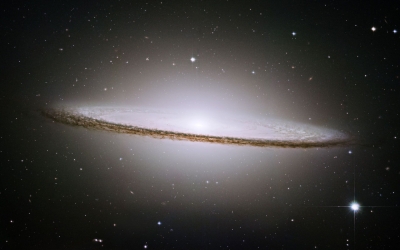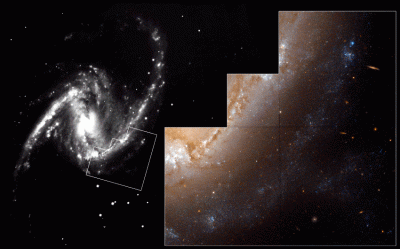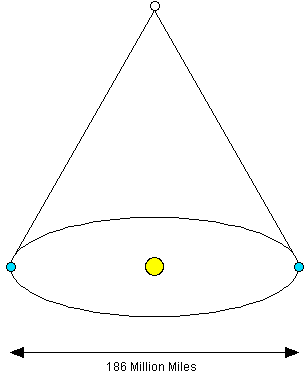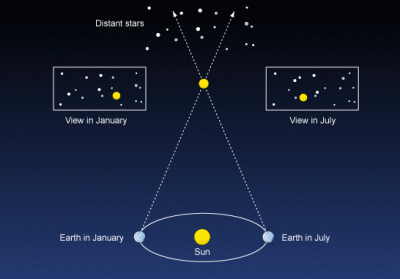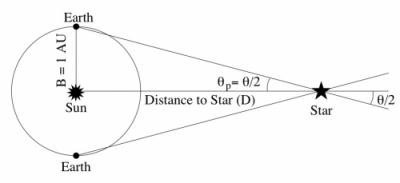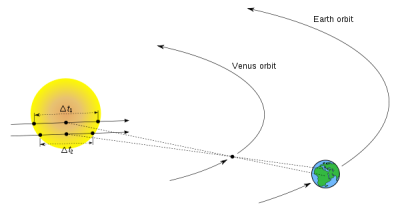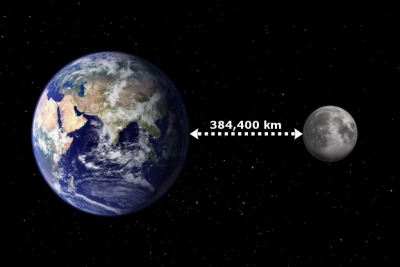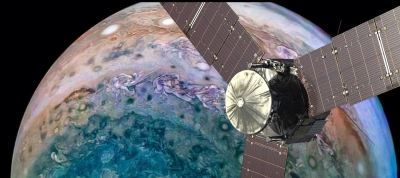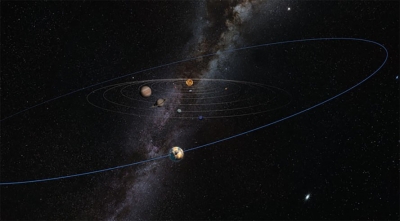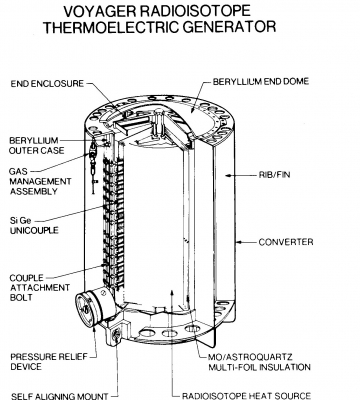How are they calculate the age of earth?

The creation, according to Archbishop James Ussher, took place at 8 PM on October 22 in 4004 BC. The Irish cleric made his calculation in the mid-17th century after study of the ages of the old Testament of patriarchs, long genealogies and other Biblical details.
His view was challenged in 1785 in the Scottish naturalist, James Harden, declared that the formation of mountains and the erosion of river beds must have taken millions, not thousands, of years.
But it was not until the discovery of radioactivity by the French physicist Antony Henri Becquerel in 1896 that an accurate idea of the Earth’s age was made possible.
Scientists now accept that the earth’s crust solidified around 4700 million years ago. This calculation has been made possible by a study of the decay of various radioactive minerals.
When rocks are formed by the cooling and solidification of volcanic lava, radioactive elements are trapped inside. These elements decay at a precise rate, defined as half-life - the time it takes for half the radioactivity to decay.
Careful study has determined the half-lives of individual elements. By measuring the amount of any radioactive element in the sample of rock, the process of decay can be used as if it were a clock which started ticking when the rock was formed.
It is not the precise quantity of the radioactive element left that matters, because that depends on how much there was originally. What is important is the ratio between the quantity of radioactive material and the substance into which it changes. The older the rock, the lower the radioactive material it will contain and the greater will be the proportion of its decay products.
In examining rock samples, several different dating systems can be used. A common one is the decay of the radioactive element potassium 14, a process with the half-life of 11,900 million years. The decay of uranium into lead (half-life 4500 million years) is also used. In the case of the earth, about half its original uranium has decayed into lead. So the age of the earth is about the half-life of uranium.
Picture Credit : Google

